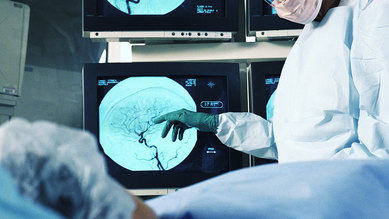A New Class of Patients
Rapidly changing diagnostic & treatment modalities—predicated on emerging technology, an increasingly chronic patient population, new and less-invasive care processes, new care delivery models in response to reimbursement reform initiatives, and a patient-centered care philosophy—are mandating that we redefine our patients and how they are best cared for.
Advances in minimally invasive surgical technologies have spawned two important trends: one on the inpatient side and the other on the outpatient side. For inpatients, procedures are becoming less invasive and post-surgical length of stay is projected to continue its steady decline. On the outpatient side, minimally invasive procedures have actually enabled increasingly complex interventions. This has paradoxically increased the acuity of many ambulatory patients and outpatient post-procedural stays over several hours to nearly a day have become fairly common. This dynamic is indicative of many long-term trends facing healthcare managers and care givers today. Technologic advances notwithstanding, as an industry we are promoting increased consumerism, increased patient and family involvement in care, continuing system consolidation, more quality and safety initiatives, and a growing community health philosophy.
In response, providers are developing least-cost operational models and strategies to capture additional market share. In order to provide enhanced value and quality in this environment, facility design is being driven toward more efficient operations, reduced duplication of equipment and staff, adoption of technology-assist modalities, and enhanced physician and hospital productivity. A new care delivery model—the 23-hour hospital—is developing in support of this new patient type.
